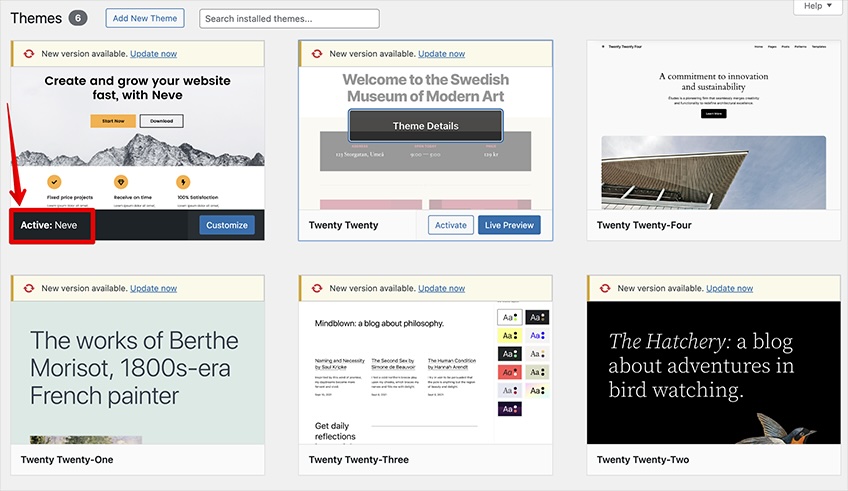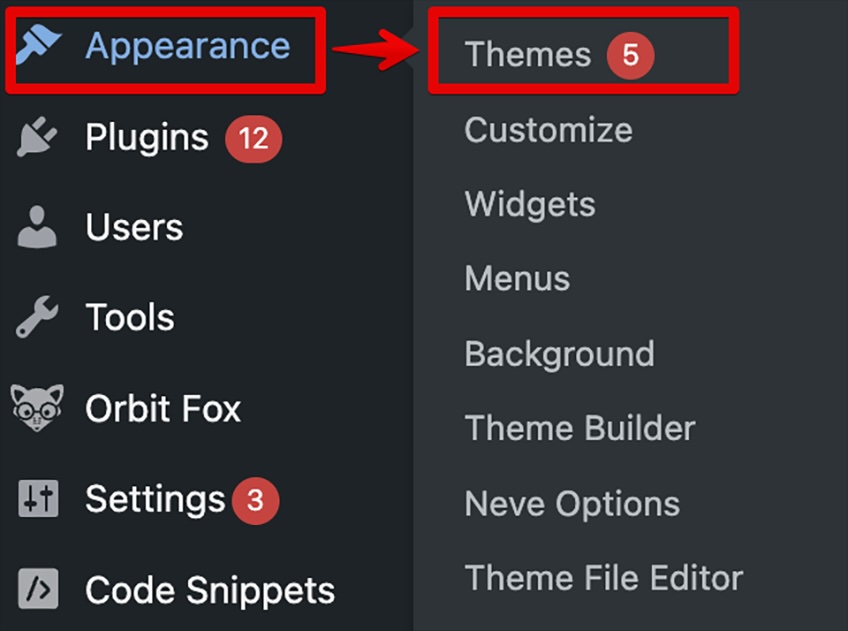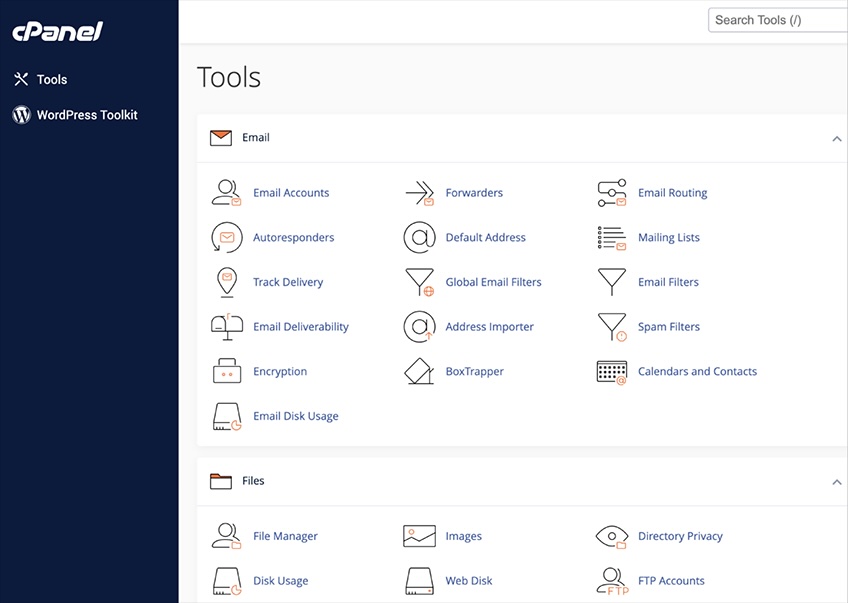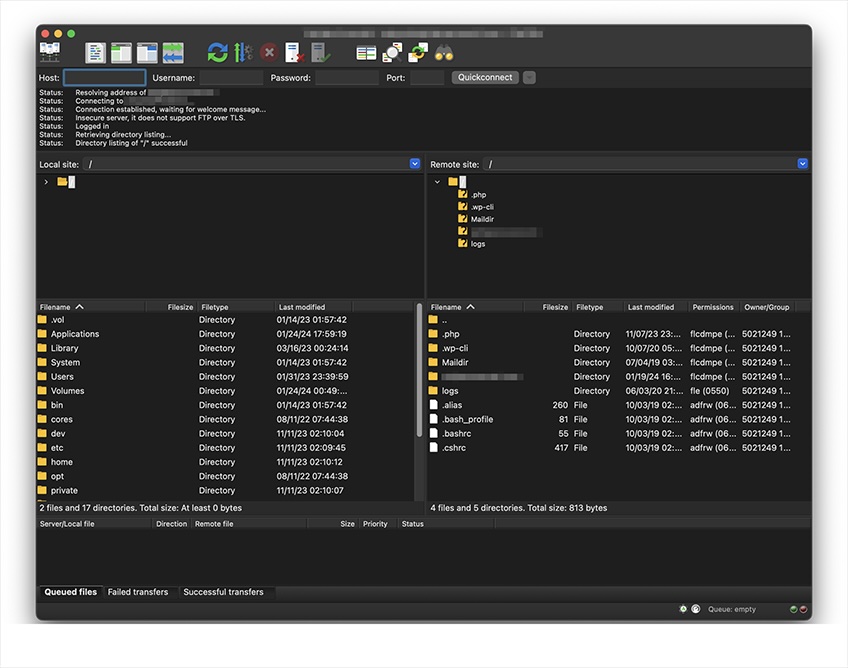WordPress (WP) is still the world’s most popular way to build and manage a website in 2025—for good reason. It’s free, flexible, and highly SEO-friendly. With thousands of themes and plugins, WordPress gives you granular control over how your site looks, performs, and scales.
But that same flexibility can create clutter.
If you’ve tested multiple designs or switched themes a few times, your dashboard likely contains several inactive themes. Even if they’re not visible to visitors, leaving unused themes installed can invite security risks, slow down routine maintenance, and waste server space.
This guide shows you exactly how to delete WordPress themes the safe, correct way—and when it’s smart to keep one around as a fallback.
Why Removing Inactive Themes Matters More Than Ever in 2025
WordPress lets you install as many themes as you want, but only one can be active. The rest sit in your backend—unseen, yet still part of your codebase and file structure.
Here’s why it’s risky to leave them:
- They consume disk space (which can trigger hosting overages on budget plans, or bloat backups).
- They can trigger conflicts during updates if bundled helper plugins or legacy code loads unexpectedly.
- They may introduce vulnerabilities if left outdated (yes, even when inactive).
- They expand your attack surface, especially if they’re from third-party sources or abandoned developers.
- They complicate troubleshooting because you’re managing (and backing up) more code than you actually use.
Many WordPress compromises trace back to inactive or outdated themes that were never removed after testing.
Best practice: remove every theme you’re not actively using—keeping only a single, reliable fallback in case your main theme fails after an update.
Before You Delete a Theme, Do This First
Run through these checks to avoid accidental downtime or lost customizations:
1. Confirm which theme is active
Your active theme powers your site’s frontend. You can’t delete it while it’s active.
Go to:
Dashboard > Appearance > Themes
The current theme is labeled “Active.”

2. Back up your WordPress site
Use a backup plugin (like UpdraftPlus or WPvivid) or your host’s built-in backups to create a full backup before removing anything. If a dependency or child-theme relationship surprises you, you’ll be glad you can roll back.
3. Leave one extra fallback theme
Keep a clean, default theme like Twenty Twenty-Five as your backup. A default theme is lightweight, well-maintained, and provides a stable fallback if your primary theme breaks during an update.
4. Check for child/parent relationships
If your site uses a child theme, don’t delete its parent theme. A child theme inherits templates from its parent; removing the parent will break the child theme.
5. Save custom CSS or template changes
If you added CSS in the Customizer (Classic) or Styles (Block Themes), or edited theme template files, copy those changes somewhere safe. Deleting a theme removes its files (including custom templates or patterns tied to that theme).
How to Delete a WordPress Theme in Under 60 Seconds (Using the Dashboard)

The fastest and safest removal method is the WordPress admin dashboard.
Do this:
- Log in to WordPress Dashboard
- Go to Appearance > Themes
- Click the theme you want to delete (not the active one)
- Click “Theme Details”
- Click “Delete” (bottom-right) and confirm
- Repeat for other unused themes
Pro tip: On multisite, only super admins (network admins) can delete themes.
When you’re done, visit Tools > Site Health to verify there are no lingering recommendations about inactive themes (and that you still have one default theme installed as a fallback).
What If the Dashboard Won’t Let You Delete a Theme?
Occasionally, a theme resists removal. You might see:
- File permission errors
- Incomplete deletion
- Leftover folders or files lingering on your server
No stress—you’ve got two additional options (plus an advanced one if you use WP-CLI).
Method #1: Remove WordPress Themes via cPanel File Manager

If your host uses cPanel (common with Bluehost, HostGator, and hosting.com—formerly A2 Hosting), you can delete theme files directly.
Steps:
- Log in to your hosting account’s cPanel
- Open File Manager
- Navigate to:
public_html > wp-content > themes - Locate the folder of the theme you want to delete
- Right-click and select Delete (confirm permanent removal)
This is especially useful if you’re locked out of the dashboard or stuck with permissions issues.
Heads up:
Not all hosts use cPanel anymore. Providers like DreamHost and SiteGround offer custom dashboards; Hostinger uses hPanel; and managed hosts (like WP Engine or Kinsta) use proprietary panels with Git/SSH support.
Method #2: Remove Themes with an FTP Client (Advanced)

If you’re comfortable with FTP/SFTP, a client like FileZilla gives you direct access to your site’s file system—perfect when the dashboard fails.
Steps:
- Install FileZilla
- Get FTP/SFTP credentials from your host (host, username, password, port)
- Connect via File > Site Manager
- Go to:
your-site.com > wp-content > themes - Right-click the theme folder you want to remove
- Select Delete and confirm
FTP/SFTP offers complete control and lets you verify that every file is gone. If you want to be extra thorough, also check wp-content/languages/themes for any leftover translation files.
Method #3 (Power Users): Delete Themes with WP-CLI
If your host provides SSH and you’re comfortable with the command line, WP-CLI is the quickest method.
- SSH into your server
- List themes:
wp theme list - Delete by slug:
wp theme delete themename
This is ideal for scripted maintenance or cleaning multiple sites.
Bonus: Automate Theme Cleanup (Safely)
If you manage multiple sites—or want a simple safety net—use management tools that avoid adding risky file-manager plugins to your site:
- ManageWP (bulk updates and theme/plugin management across multiple installs)
- MainWP (self-hosted dashboard for managing many WordPress sites)
These tools centralize updates and removals without installing general-purpose file browsers inside WordPress.
Post-Deletion Checklist (Don’t Skip This)
- Clear caches (plugin, server, CDN) so changes reflect immediately.
- Run Site Health (Tools > Site Health) to confirm there are no notices about inactive themes—and that you still have one default theme installed.
- Update the fallback theme you kept (e.g., Twenty Twenty-Five) so it’s secure.
- Verify child/parent integrity if you use a child theme.
Final Thoughts: Theme Housekeeping = Healthy WordPress
Unused themes are easy to ignore—but over time they become liabilities that bloat backups, slow down maintenance, and expand your attack surface.
Keep your site fast, secure, and clutter-free:
- Delete every unused theme—keep one default fallback
- Back up before making changes
- Use Dashboard, cPanel/host file manager, FTP/SFTP, or WP-CLI
- Review themes quarterly (tie it to your plugin update schedule)
Want inspiration for your next look? Browse our updated list of the Best WordPress Themes, or jump into our step-by-step guide on how to create a website with WordPress.
